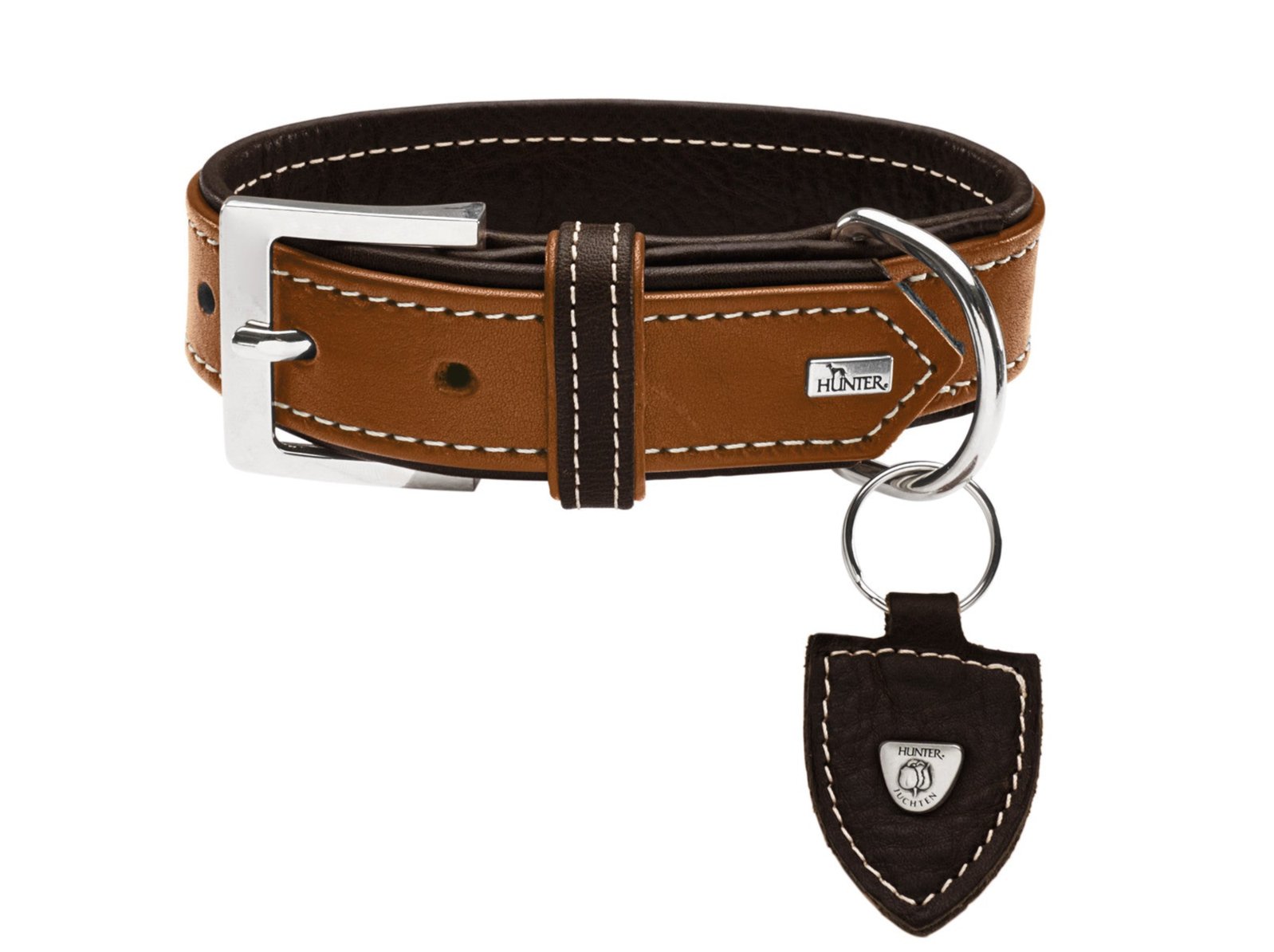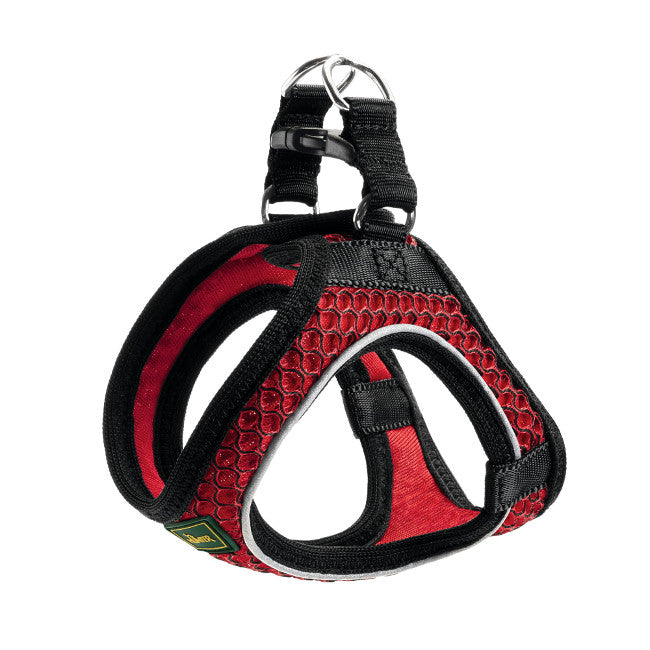Hiking a lot? Here are some ideas
Preparing Your Pup for the Trail
For starters, puppies aren’t ready to carry a load, nor are their immune systems ready to take on the world. So you need to work out exactly when your dog will be ready.
Visit the Vet: Ask your veterinarian some key questions before you and your dog head into the wilds:
-
Is your dog physically ready? You need to wait until a young dog’s bones are fully developed. That might be at a year of age, plus or minus several months, depending on size and other factors.
-
Does your dog need any specific vaccinations or preventative medicines? In the city, you might not worry about things like your dog drinking water in a lake or pond that an infected animal has contaminated with Leptospirosis or even giardia. Ask the vet about preventative measures for outdoor destinations.
-
Is your dog’s immune system ready? Factoring in the rate of natural immunity development and your dog’s vaccine schedule, your vet can advise you about the safe age for you two to hit the trail.

Know Your Trail Regulations: Always check on the regulations for the areas where you’ll be hiking or backpacking. Most U.S. national parks, for example, do not allow even a leashed dog to share the trail. Many national forests, as well as state and local parks, do allow dogs on their trail systems, though rules vary. Leashes are mandatory almost everywhere.
Bone Up on Obedience Training and Trail Etiquette: You have to maintain control of your dog at all times. Step off the trail to yield the right of way to hikers, horses and bikes. And having your dog on a leash isn’t enough. You also need to be able to keep your dog calm as other people and pooches pass by.
Leave No Trace: On day hikes, always pack out filled poop bags. It’s also bad form to leave 'em by the trail for later pickup. If you’re worried about a breach, double-bag on the trail, then remove any intact outer bags after you get home.
On backpacking trips, humans and canines have the same Leave No Trace rule: Bury pet waste in a 6- to 8-inch hole that’s at least 200 feet away from trails, camps and water sources. Enforcing the 200-foot rule for urination breaks isn’t practical, but be prepared to interrupt things and move away if your dog begins to pee in or next to a water source.
Start a Trail-Training Regimen: Ease into the routine of hiking. Start with hikes of an hour or so, then monitor the energy level afterwards. If your dog is still super active, increase the time for the next training hike. Your goal is to work up to the amount of trail time you plan to do on future day hikes or backpacking trips. This slow approach also helps toughen up citified paws.

The All-Important Dog Pack
It’s not the only gear your hiking buddy needs, but it truly separates going on a walk from going on a hike. And while your inner backpacker can’t help but fuss over features and design, getting the fit right and getting your dog accustomed to the pack are your most important tasks. One feature that’s worth drooling over, though, is a top handle to keep your dog close during trail encounters and creek crossings.
How to Fit a Pack
Measure the circumference of your dog’s chest around the widest part of the rib cage. Most packs come in a range of sizes that will correspond to this measurement. Adjust all straps to snug the pack’s fit. Don’t pull too tight, though: Your dog needs to breathe. But you also don’t want a too-loose pack that can slip off or chafe.
For pack training, start by having your dog wear it empty around the house, then on walks. As soon as wearing the pack becomes routine, load in a few pounds (evenly on each side). Gradually increase pack weight on each walk after that until you reach your target weight. A maximum of 25 percent of body weight is a rough guideline, but factors like age, size and strength will alter that up or down. Check with your vet.
The Rest of Your Dog Gear
First-Aid Kit
A vet won’t be handy when you’re on the trail, so a doggie first-aid kit and the knowledge to use it are essential. Organizations like the Red Cross also are a resource for dog owners, providing checklists, and selling first-aid kits and training materials.
Be sure to add special medicines your vet has given you to your kit. Another handy addition is old, clean wool socks that can be taped on as “bootie bandages” in a pinch.
Some pet owners also pack Pedialyte in case their dog gets diarrhea. Don’t do this, though, without getting both permission and dosing guidelines from your vet.

Your Sleep System
This starts with the size of your tent—now “one-person larger” to accommodate your dog. A piece of closed-cell foam and a crib-size (down) comforter make an excellent backcountry doggie bed. Plan to do several backyard sleepouts, too, so your dog will be fully comfortable with whatever sleep system you choose before you hit the trail.
Other Essentials
A lot of your dog’s usual gear can come along. You’ll also need to consider some additional items for the backcountry:
-
Water container: Hydration for your dog is best handled by fresh water carried by you. Some owners train dogs to drink as they pour from a bottle. A lightweight, collapsible dish also works.
-
Booties: They offer protection from sharp rocks, thorns and snow. It’s not uncommon, though, for a dog to lose a bootie. So if you choose booties rather than simply toughening up paws on training hikes, you need to pack spares. And you’ll still need to allot time for your dog to get used to wearing booties.
-
Dog towel: You need one dedicated “hiker towel” to wipe off muddy paws before your dog joins you inside the tent. Bring an extra towel, too, to dry fur if your dog jumps in a lake or is soaked in a downpour.
-
Nail clippers and file: Dog paws can wreak havoc on tent fabric, so it’s important to keep nails neat and trim.
-
Safety light: This seemingly urban-area accessory is a great way to help you keep tabs on your dog after sunset and during nighttime potty breaks.
-
Dog coat: Definitely bring one if your dog lacks thick fur and temps will be low.
-
Cooling collar: All dogs struggle to dissipate heat, so this soak-and-wrap accessory is worth every added ounce when the temps start to climb.
Food and Water Planning
Being on the trail all day requires you to provide more food and water than your dog typically consumes.
Larger dogs might drink 0.5 to 1.0 ounces of water per pound per day. Dogs 20 pounds and lighter will be closer to 1.5 ounces per pound per day. These are general guidelines, though, so you need to be watchful and offer water often, especially on hot days. If the nose is dry, then you’re under-hydrating your dog.
Any hike you choose will require more food for your dog, with factors like being on a lengthy or steep trail necessitating greater caloric intake—just as is true for humans when they hike. If your dog tends to wander far off, rather than stay close to you, then up the calorie count even more. Your best resource for specific food recommendations - especially if you plan a multiday trip or a thru hike - is your dog’s veterinarian.
Tip: If you’re thirsty, hungry or tired, then chances are that your dog is, too. Take a trail break to chow down, drink up and catch your breath together.

Trail Hazards for Dogs
Your pooch is susceptible to most of the same dangers you are. More concerning, though, is that your dog won’t recognize many of them, nor be able to explain to you when something is going wrong. So be extra vigilant of the following:
Overdoing it: Watch how quickly your dog’s breathing and heart rate take to normalize during breaks. If it seems excessive, take more breaks or shorten your day on the trail. Limping is another sign that you need to stop for the day.
Wildlife: Your leash is your best defense against big carnivores and prickly herbivores. Even though Lyme disease doesn’t show symptoms in many dogs, ticks are also a concern, so check your dog closely and remove any hitchhikers after the hike.
Wild plants: Halting chewing immediately is your best defense against poison or tainted plants, as well as digestive-system problems. Watch out, too, for nettles, as well as poison oak, ivy and sumac, which will cause discomfort for both you and your dog.
Thorns and burrs are irritating, but “foxtails” are more serious. Found on a variety of grasses in spring and summer, these barbed seedpods can snag on fur and end up between toes, and in more sensitive areas like nasal passages, ears, eyes and genitals.
Avoid areas with grasses that have foxtails, and remove them with tweezers right away. Excessive sneezing, head shaking, eye discharge or an abscess are a sign that it’s time to cut things short, because foxtails can work their way into a vital organ and be fatal.
Heat stroke: Dogs can only pant and sweat through their pads to cool off. Be conservative—rest and drink often and pull out the cooling collar if your friend keeps lying down in shady spots.
Waterborne pathogens: Dogs are susceptible to most of the same waterborne pathogens as humans. For a list of those, read How to Treat Water in the Backcountry. Your safest choice is to treat water for both you and your dog.
Water safety: If your dog can’t swim, pack a dog PFD. Don’t let even a good swimmer try to cross a whitewater section of a creek: Lift and carry your dog instead. And be wary of turning a swimmer loose in a lake. In cool temps the wet fur can chill your dog. Even if the weather is temperate, you’ll have a major toweling-off job before bedtime.








Leave a comment